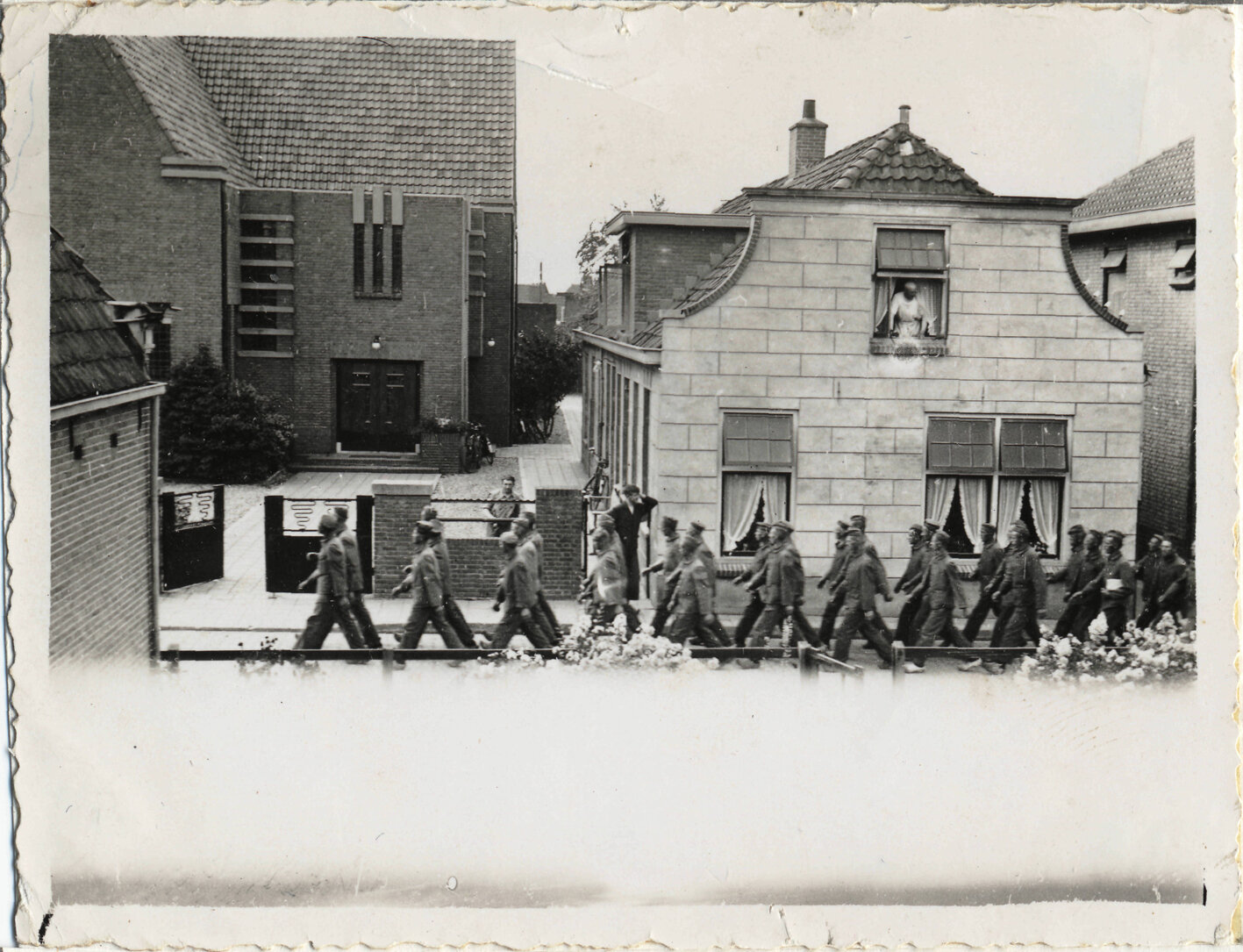
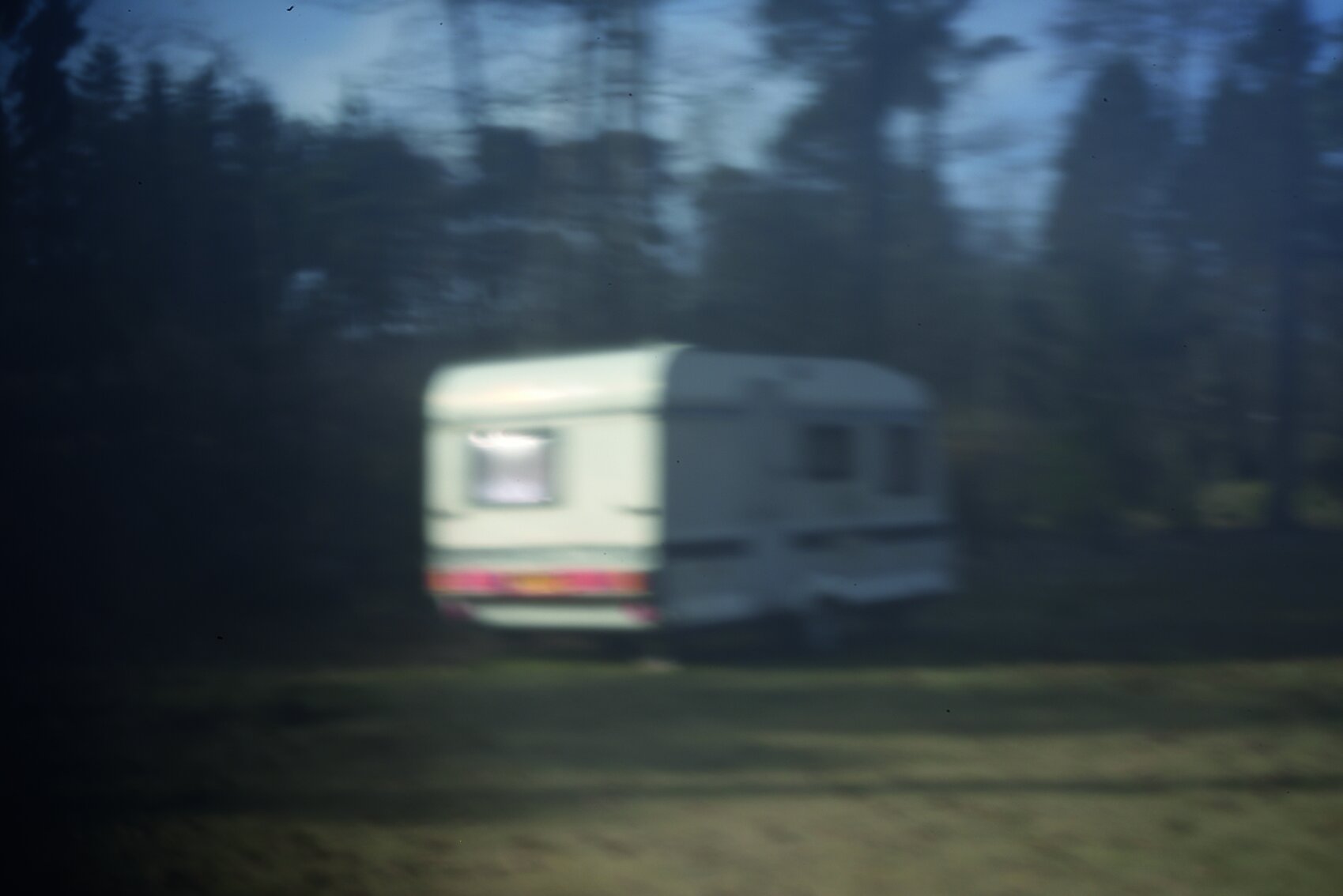
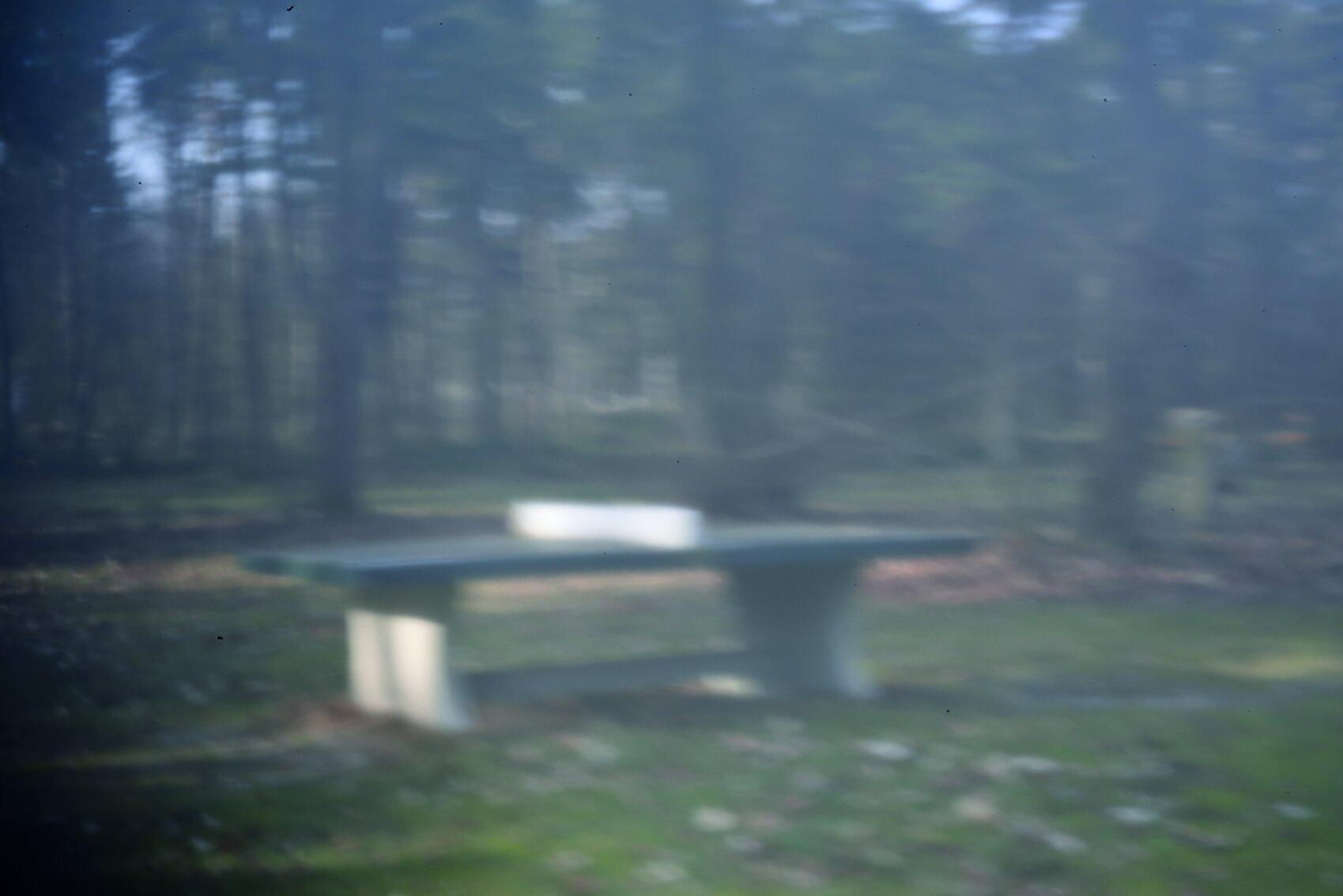
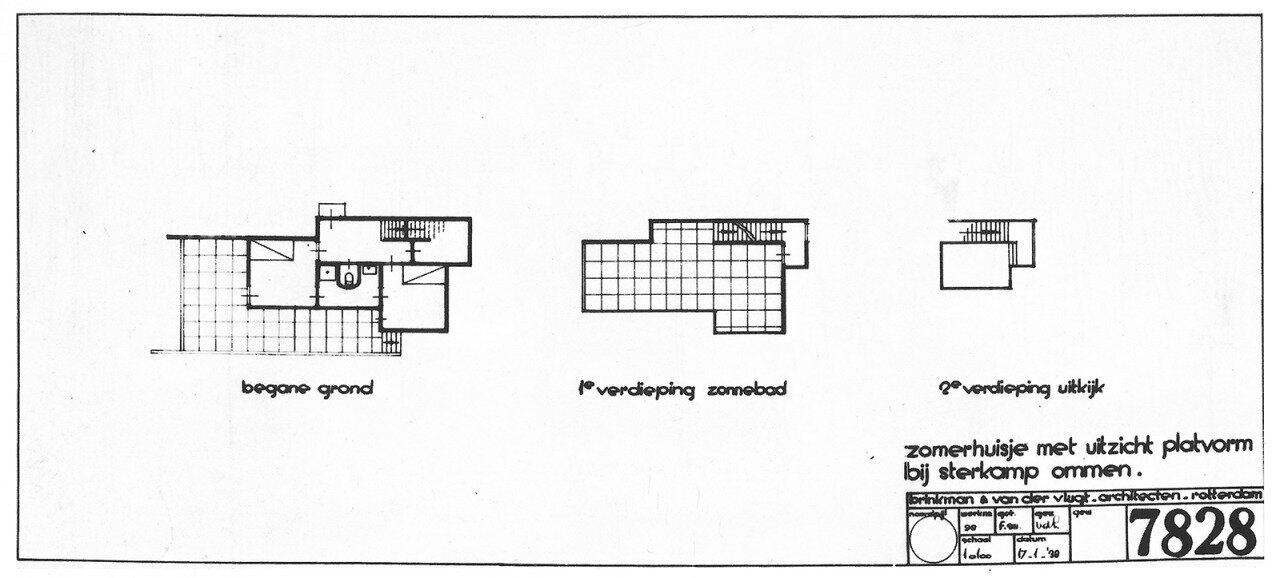
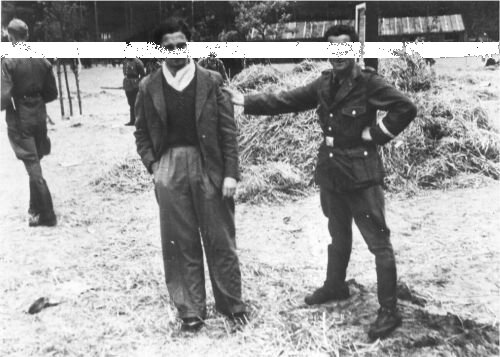
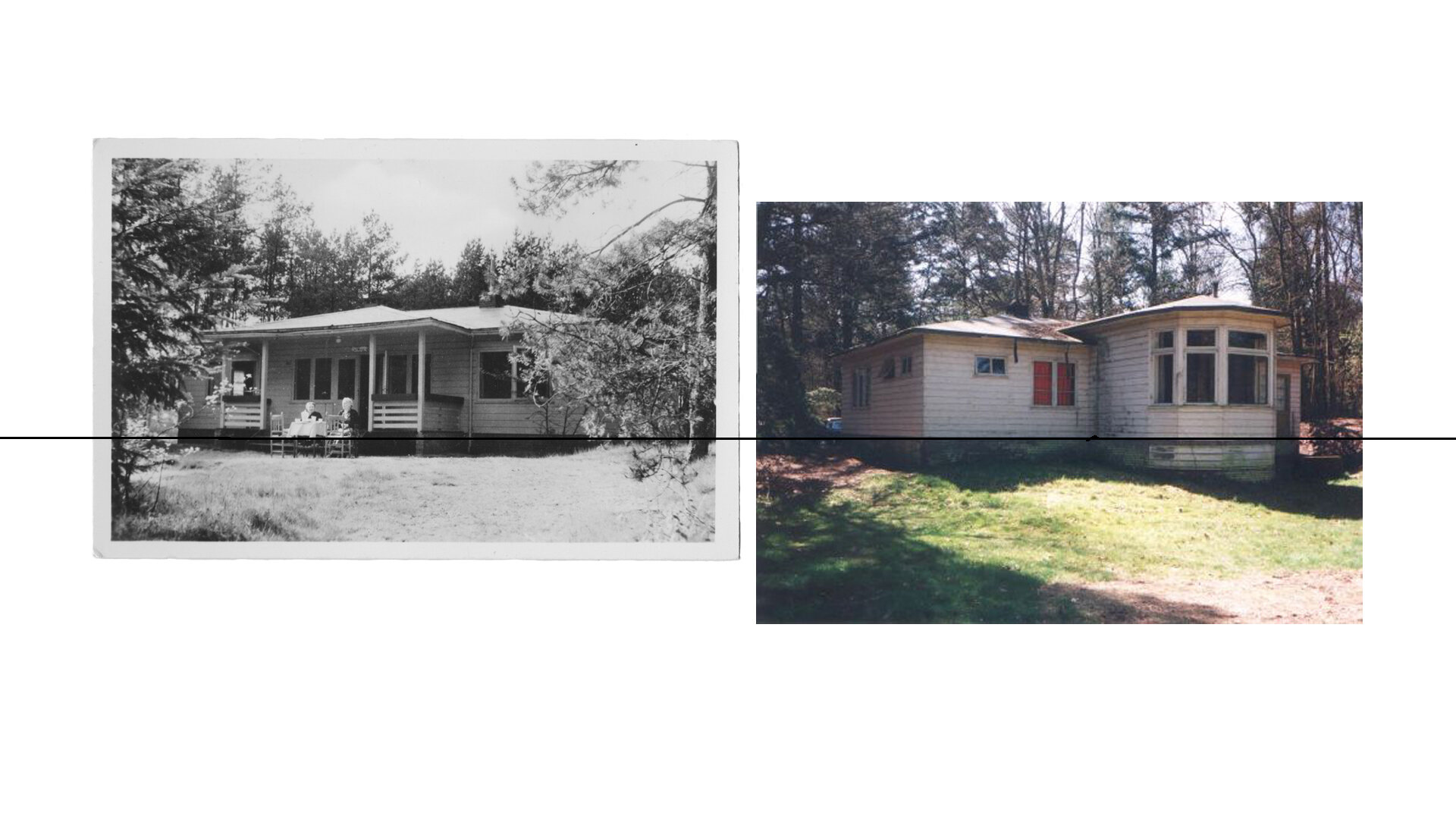
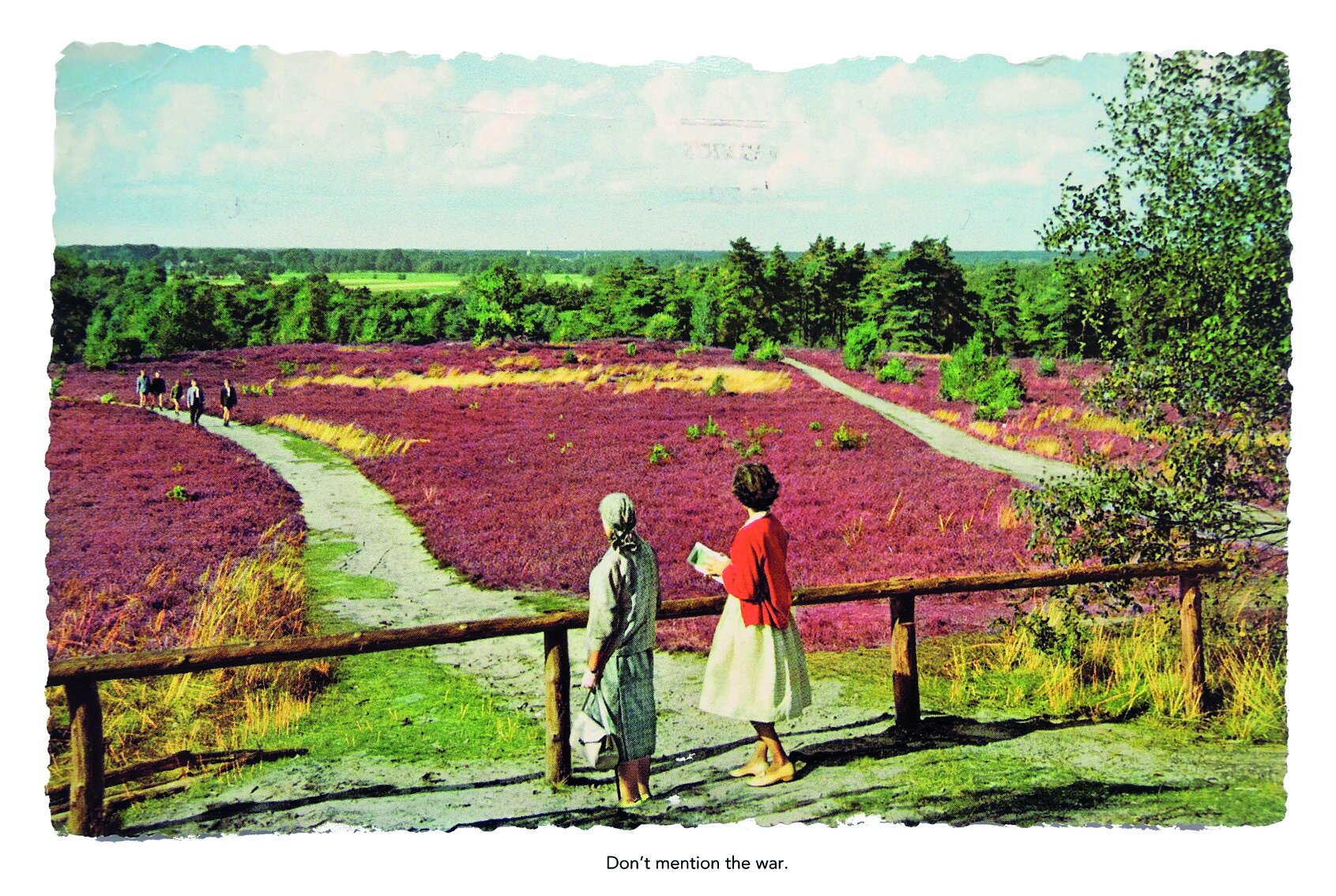
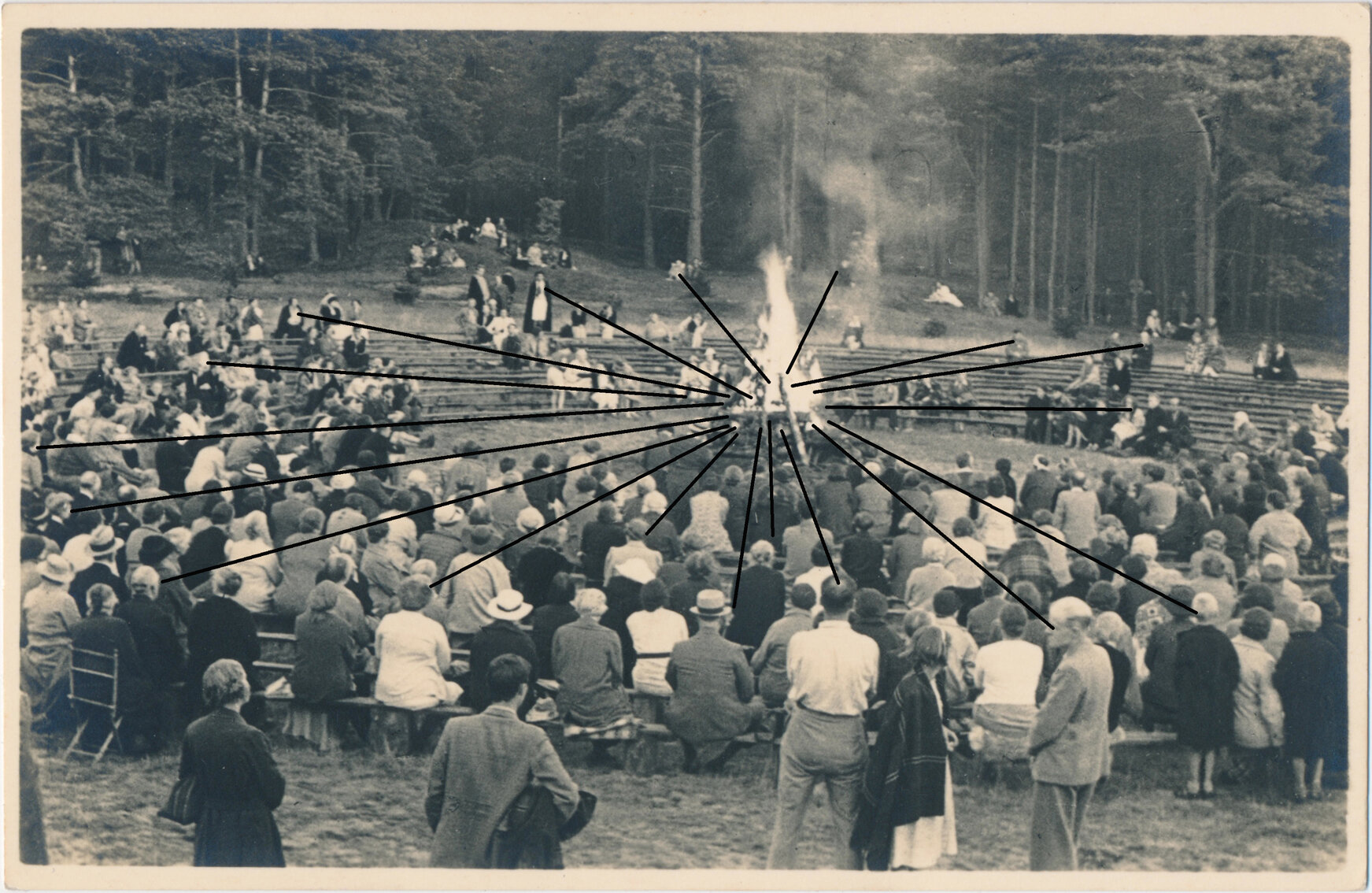
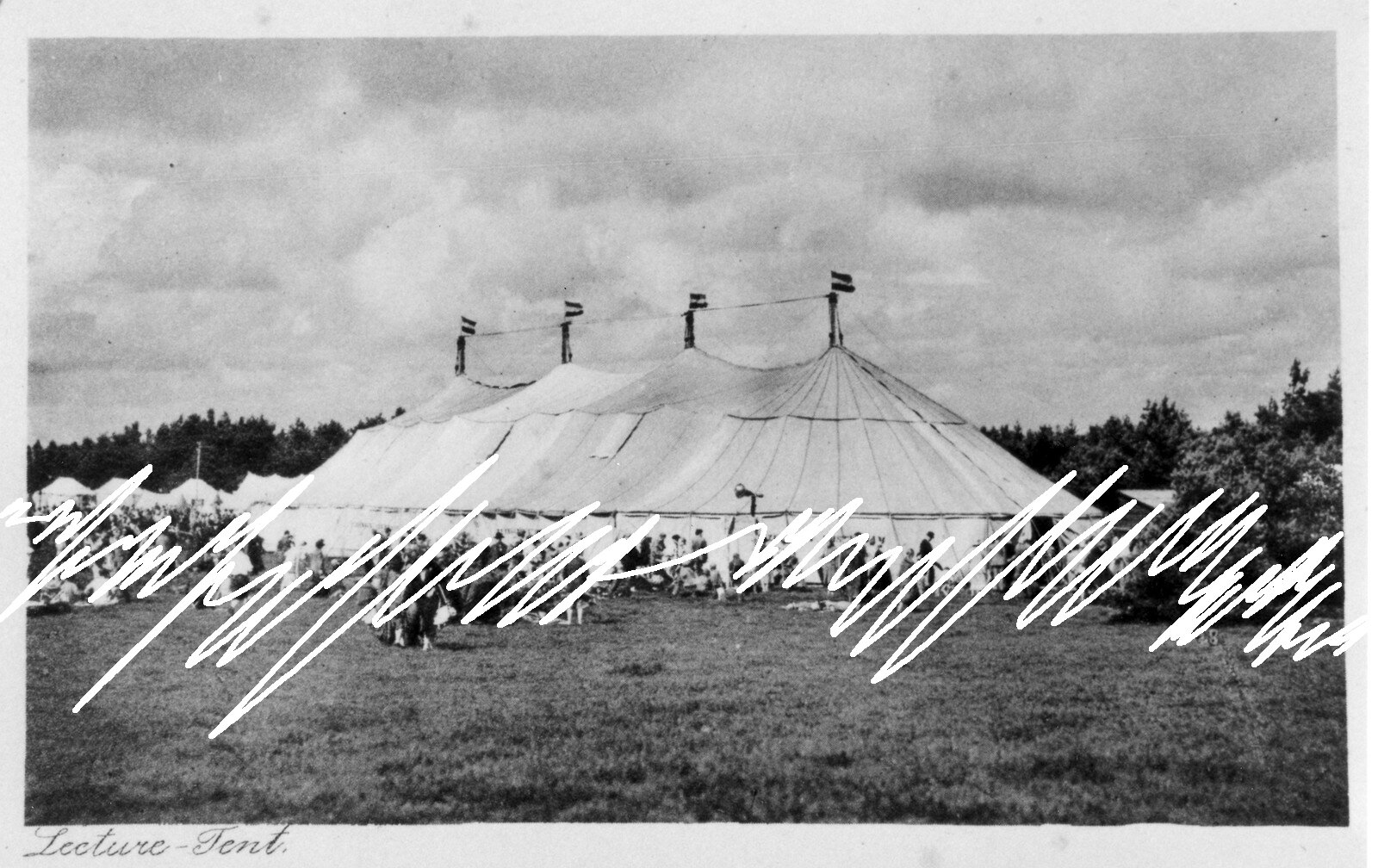

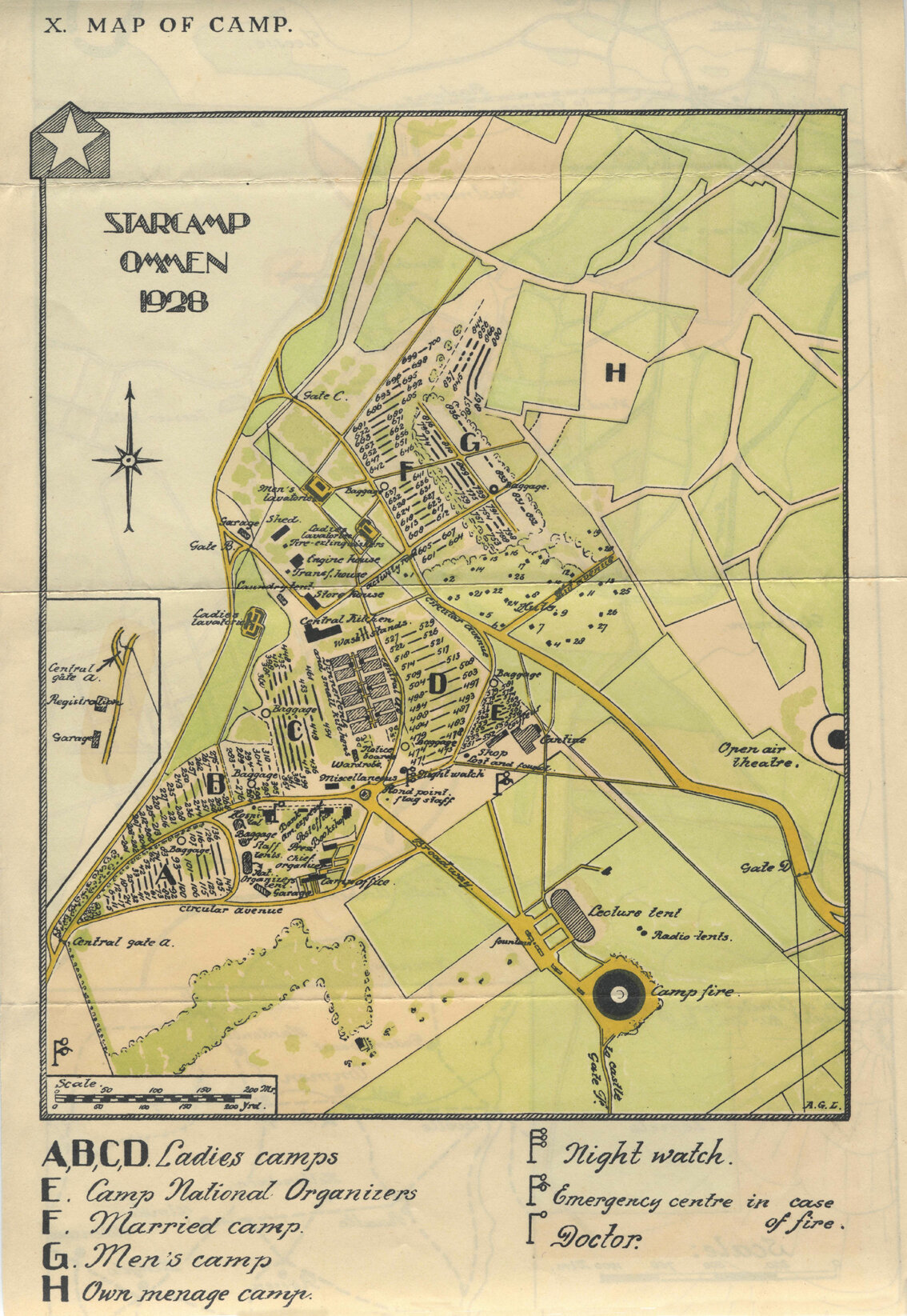
DON'T MENTION THE WAR an interview with CORINE AALVANGER
Corine Aalvanger (b. 1978, the Netherlands) studied her BA photography at the HKU University of the Arts Utrecht and received her MA in Fine Arts at Master Institute of Visual Cultures AKV St. Joost. As a research-based artist, she uses a variety of media: still and moving images, text and installations that always differ in size and complexity. Shaped by her contentious relationship with her own personal history, part of her practice reflects upon the relationship between contemporary issues, such as identity, human behaviour, and stigmatization.
In her latest project ‘Don’t Mention the War’, she explores the history of Kamp Erika near Ommen, the Netherlands. Isolated in the woods during the early 1920s, one of the so called “Starcamps” of the theosophical movement was based there. Spiritual leader Jiddu Krishnamurti shared his vision about people and faith and people all over the world came to listen to his ideas. However, during the World War 2, the terrain of the Starcamp was occupied by the Germans who used it as a concentration camp. Now, in spring and summer, it changes into a holiday park whereas during the winter it functions as an asylum seekers’ centre where refugees stay and wait for their permit. Thereby, set in this place of contradictions, ‘Don’t Mention the War’ attempts to reflect on how we deal with truth, things we want to forget, identity and our relationship with places.
In an interview with GUP, Aalvanger shares intriguing details about her project and the camp.
What exactly triggered your curiosity to start this project?
The starting point of my project was a photograph I encountered. The image was taken illegally during World War II and it shows Dutch prisoners of Kamp Erika walking back to the camp in front of my current house. I wondered why I had never heard of this before. Despite the fact that I had quite some knowledge of World War 2, I did not know the history of Camp Erika.
I went looking for traces of the camp but ended up at a holiday park. I became fascinated by the forgotten history of that place, especially with the way people want to forget it. I grew up in the area of the camp and it helped me recognize how people try to deal with their history. It stimulated me even more to continue my research. I discovered that the Besthmenerberg had a unique history with many layers and contradictions.
Your series presents a multi-layered narrative in order to reflect the complexity and changing nature of the camp. How would you describe the creative process behind making your imagery?
Archives are always a substantial part of my work and visually there is not much left of the history. I delved into many different archives in order to use images to represent an analogy that stands for the invisible. Besides such a process, I additionally became a volunteer at the asylum seeker centre to look for a connection between the past and the present. In archives, I found a song, written in 1943 by a prisoner of Kamp Erika. I connected it with the stories of the women at the asylum centre. So, digging into archives and sometimes leaving things up to chance is part of my creative process.
In ‘Don’t Mention the War’, you combine archival material with new imagery. Additionally, the archival image is sometimes altered through the use of white markings. What is the role of such a technique in the series?
Depending on the story, I then choose my technique. For example, the photograph of the prisoner and the guard at Kamp Erika. Often described as R. in the official documents of the time was usually called by his name in the media: Marinus or Rien de Rijke. He had been a camp guard at Ommen during the war and was convicted for absentia in 1949 for his involvement in arresting a large number of Jews. When the information that he lived in Düsseldorf came on the surface in 1956, this had no consequences for him. All went in accordance with the prevailing mentality of silence and forgetting at the time. The Dutch judiciary did nothing, nor did the German one, and R. remained where he was. The prisoner, Salamon Roet died on the 19th of January 1943 as a consequence of the assaults at the camp. Therefore, with my technique, I can’t make the invisible visible or the unknown known, but with relative certainty, I can postulate its existence.
Don’t Mention the War was recently shortlisted for BUP Book Award. Aalvanger is now collaborating with graphic designers to turn the project into a book form.